Californians have fundamentally altered many of the state’s rivers and streams with dams, pipes, and diversions, and the State is home to some of the world’s most complex water delivery projects. As an unfortunate consequence, habitat for many freshwater species has been degraded or destroyed.
But, is it necessary to tradeoff the freshwater needs of birds, fish, and other species against the needs of farms and cities? Could freshwater flows be managed to better mimic the dynamics of their unimpaired past, dynamics to which native species have adapted and need to persist? And how should climate change considerations be incorporated into water management, to enhance the resilience of freshwater systems for both people and nature?
Our science is focused on tackling these questions.
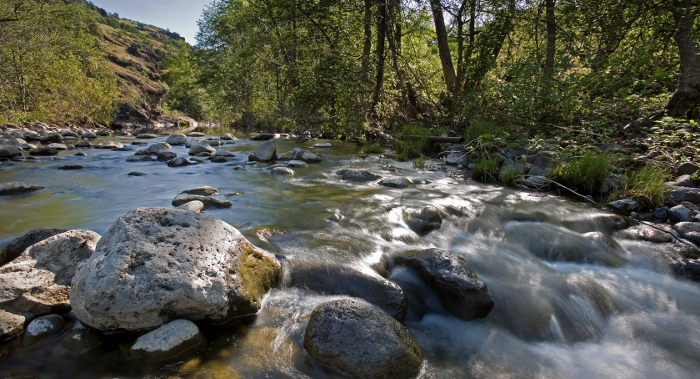
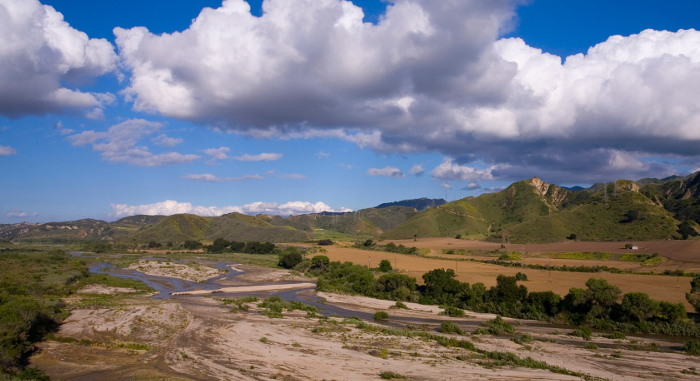
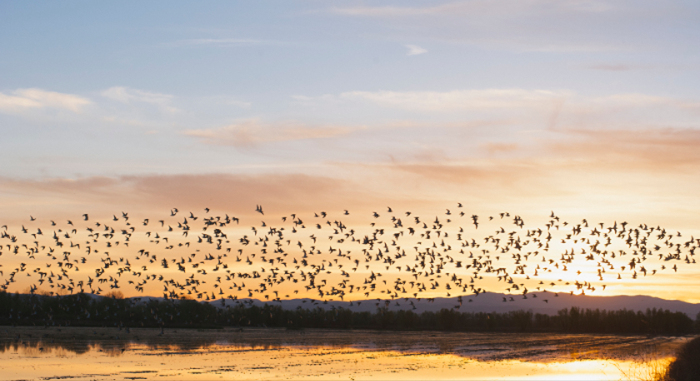
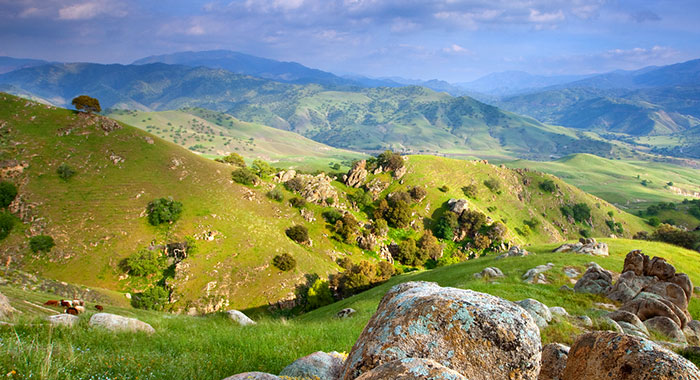


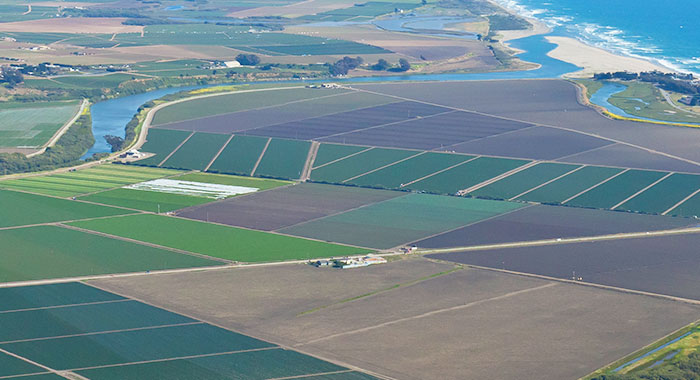

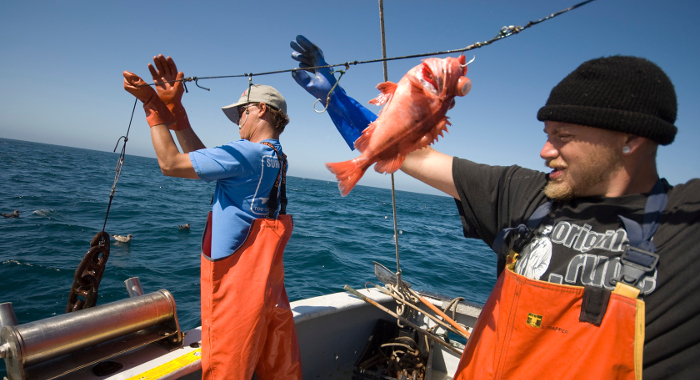
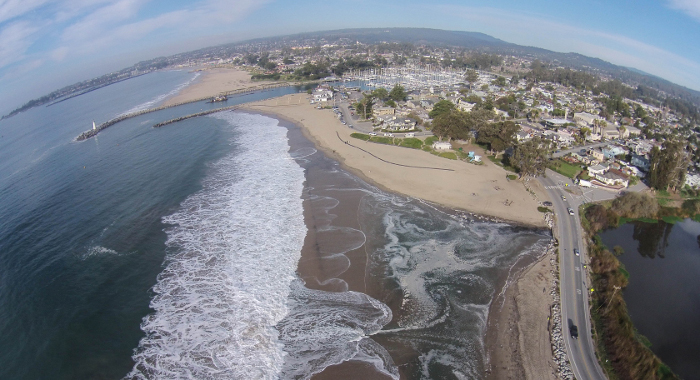

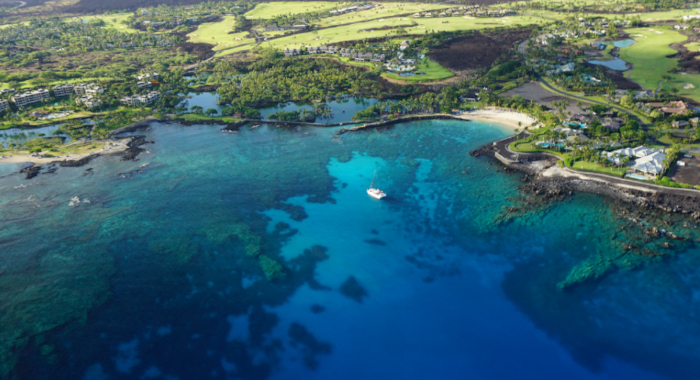
Golet G.H., J. Hunt, D. Koenig
Floodplains often are managed both for agriculture and as habitat for native species. On the Sacramento River, farmers have expressed concern that natural areas may be sources of pests to adjoining…Kate Labrum, Dwayne Oberhoff
In 2011, the west coast groundfish fishery transitioned into a catch share fishery, or Individual Fishing Quota management system. Under this type of management system, the annual total allowable…James Lindholm, Mary Gleason, Donna Kline, Larissa Clary, Steve Rienecke, Michael Bell
This report summarizes the results of a multi-year study (June 2009 to December 2012) to assess the impacts of bottom trawling on seafloor habitats and associated biological communities. This project…HR Sofaer, TS Sillett, SI Peluc, SA Morrison, CK Ghalambor
Island archipelagos can provide useful opportunities for comparative studies in ecology. In this paper, for example, breeding ecology of a songbird was studied on two of the California Channel…TS Sillett, RB Chandler, JA Royle, M Kéry, SA Morrison
The Island Scrub-Jay occurs only on 250 km2 Santa Cruz Island. This study combined an intensive, short-term field survey with novel statistical modeling to generate estimates of population abundance,…JongminYoon, T. Scott Sillett, Scott A.Morrison, Cameron K. Ghalambora
When members of a single species display very different behavioral patterns it can present a helpful model for ecological study. This paper examines two breeding populations of a songbird species: one…Tim Bean, Bob Stafford, Laura Prugh, Scott Butterfield, Justin Brashares
This paper compares the efficacy of different monitoring methods for estimating distribution, abundance, and population growth of the endangered giant kangaroo rat to determine the best practices for…Cameron, D., S. Parker, B. Cohen, J. Randall, B. Christian, J. Moore, L. Crane, S. A. Morrison
Industrial-scale renewable energy generation facilities can have sizable footprints and therefore significant impact on the conservation values of a landscape. This assessment focused on a region…M. Rebecca Shaw, Kirk Klausmeyer, D. Richard Cameron, Jason MacKenzie, Patrick Roehrdanz
Species will move around the landscape as the climate changes, presenting challenges for traditional conservation strategies like land acquisition. This paper models the cost and total land area that…Jennifer Carah, Jason Pelletier
A two-page summary of salmon restoration efforts at the Garcia River Forest on the North Cost of California focusing on the reintroduction of wood in streams as a strategy.Kirk Klausmeyer, Katie Fitzgerald
Key to protecting drinking water for all Californians is understanding the sources and health of the thier watersheds. This study maps California's surface drinking water sources, the watersheds…The Nature Conservancy, Jennifer Carah
Salmon and trout thrive in streams with cool water, low levels of sand and silt, and deep, shaded pools. Intensive forest management in California over the last 150 years led to the removal of these…Parker, S.S., E.W. Seabloom, J.P. Schimel
Understanding how plant invasions occur is vitally important for land managers and conservationists working to enhance biodiversity in California grasslands. While much of the research on this topic…Halpern, B.S., Diamond, J., Gaines, S., Gelcich, S., Gleason, M., Jennings, S., Lester, S., Mace, A., McCook, L., McLeod, K., Napoli, N., Rawson, K., Rice, J., Rosenberg, A., Ruckelshaus, M., Saier, B., Sandifer, P., Sholtz, A., Zivian, A.
This paper informs emerging efforts to implement coastal and marine spatial planning (CMSP) in the United States, Europe and elsewhere around the world. In order to identify priority needs for…Scott A. Morrison, T. Scott Sillett, Cameron K. Ghalambor, John W. Fitzpatrick, David M. Graber, Victoria J. Bakker, Reed Bowman, Charles T. Collins, Paul W. Collins, Kathleen Semple Delaney, Daniel F. Doak, Walter D. Koenig, Lyndal Laughrin, Alan A. Lieberman, John M. Marzluff, Mark D. Reynolds, J. Michael Scott, Jerre Ann Stallcup, Winston Vickers, Walter M. Boyce
This paper discusses conservation of the Island Scrub-Jay in the context of novel threats posed by climate change. The authors discuss management actions that could reduce extinction…